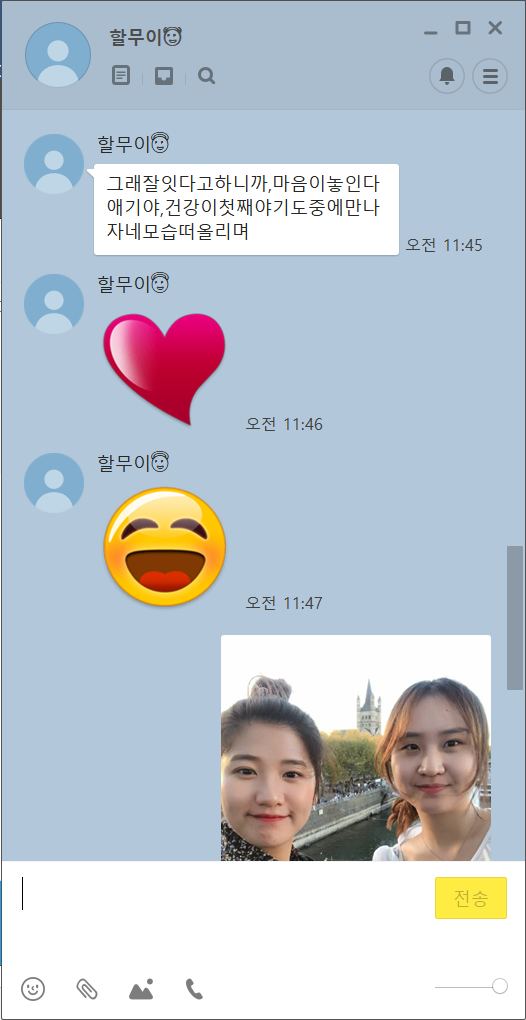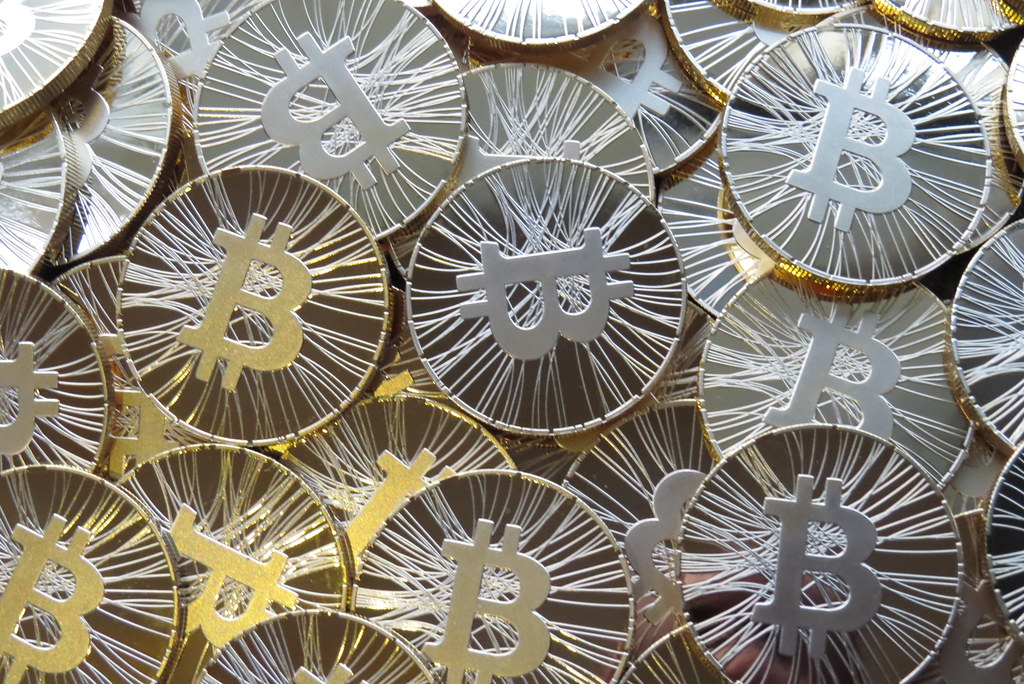
A few days before, I was reading a ‘Webtoon’ (online cartoon) called Collage Journal (대학일기). This particular episode depicted people playing Pokémon Go, which is a mobile game that offers players an opportunity to catch a Pokémon through online platform. In this episode, people were gathered in a park to help each other and work together as a group. The age range of this group varied from young primary school children and university student to an old grandparent who relies walking on a walking stick. Reading this scene, I was fascinated on how digital media brought these people together, discarding the age difference, which is said to be fostered because of digital media.
There are a few moments where I felt that digital media closes the age gap. For instance, my grandmother learnt how to send a text message via Kakao Talk, which is a Korean version of WhatsApp. She asks me how I am and stay connected with me even though I am far far away in the Netherlands. The connection does not only come from online messaging. It comes from the interaction between us while I teach her how to use it. When my grandmother first got her smartphone, she had no idea how it worked. So, every time I visited her, she asked questions in order to use the unfamiliar, new machine. In the process, I was able to talk to her more frequently and we both felt the joy of connectedness. Yet, there are some elements of digital media that separates us. One big factor are new words created in the digital media world. Sometimes when we are talking, there are moments that I have to think again because the new word that pops up in my mind simply does not make sense to my grandmother. And surprisingly, there are new words between their society that I do not understand (which is in Korean).
Indeed, digital media provide us with some reasons to connect with different age groups. Maybe, if we cannot avoid the development, it is time for us to find pave a path for connection rather than separation.



Recent Comments